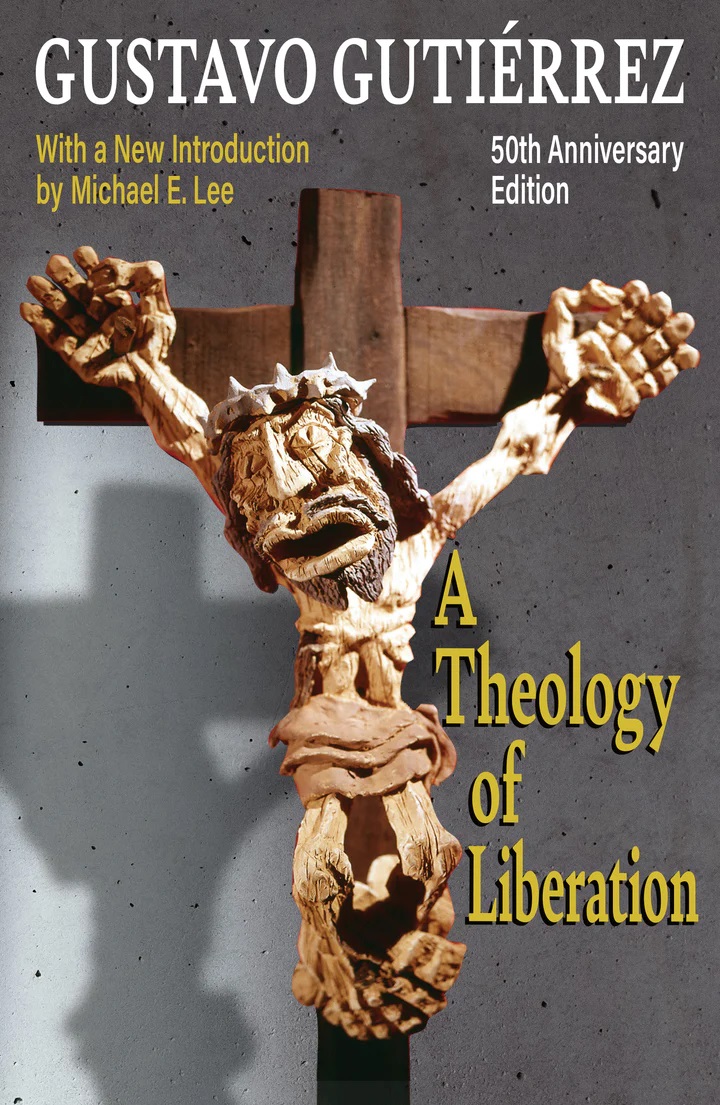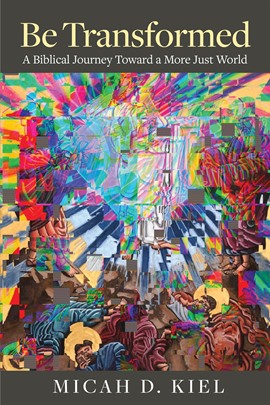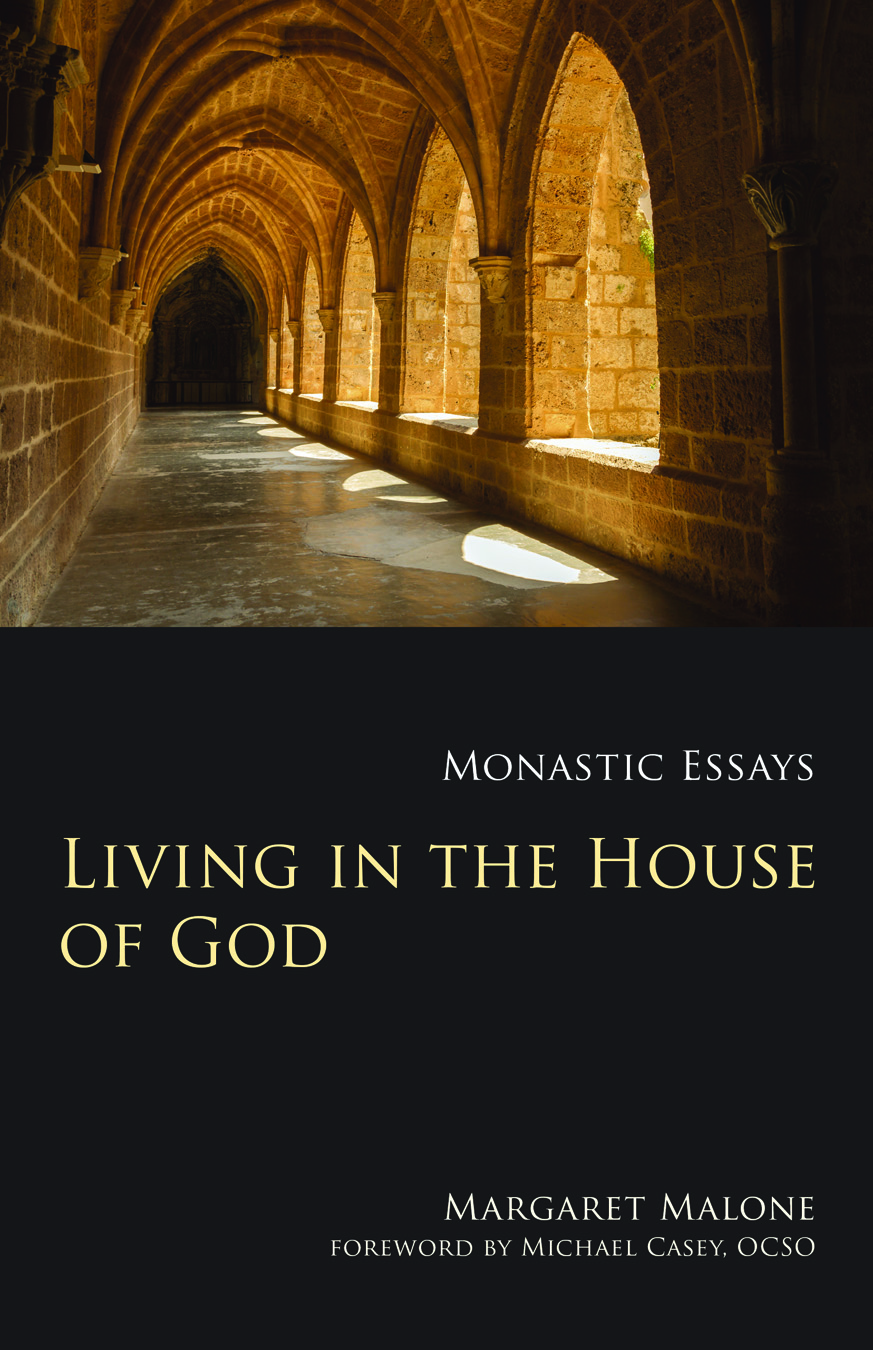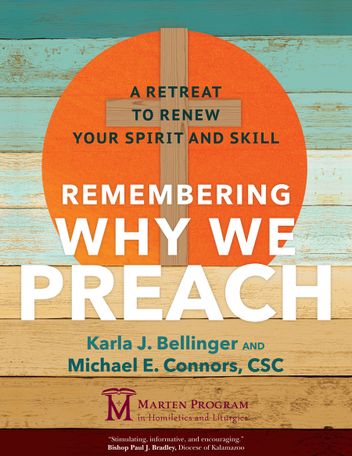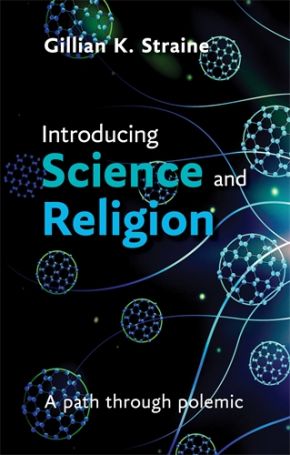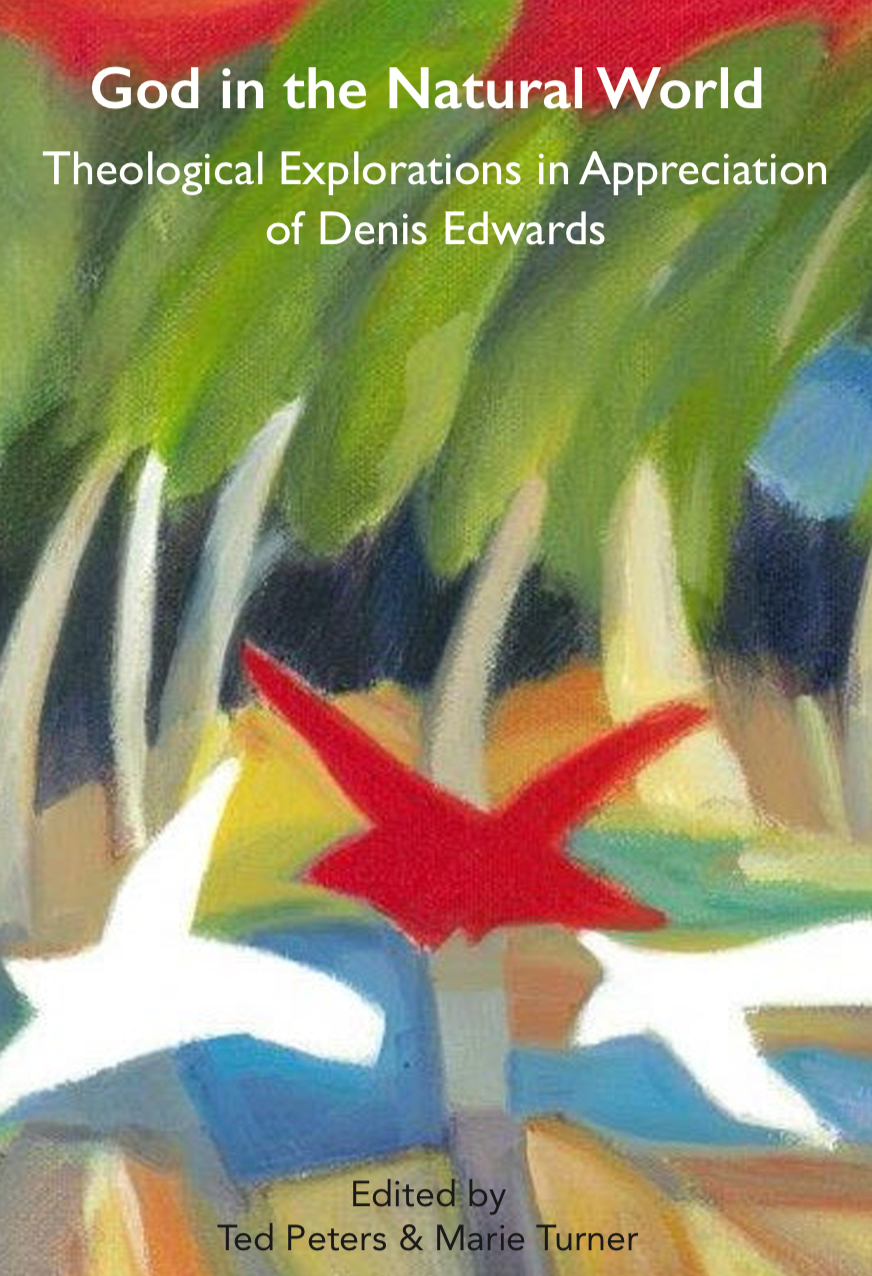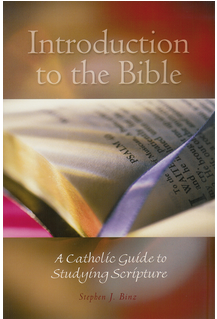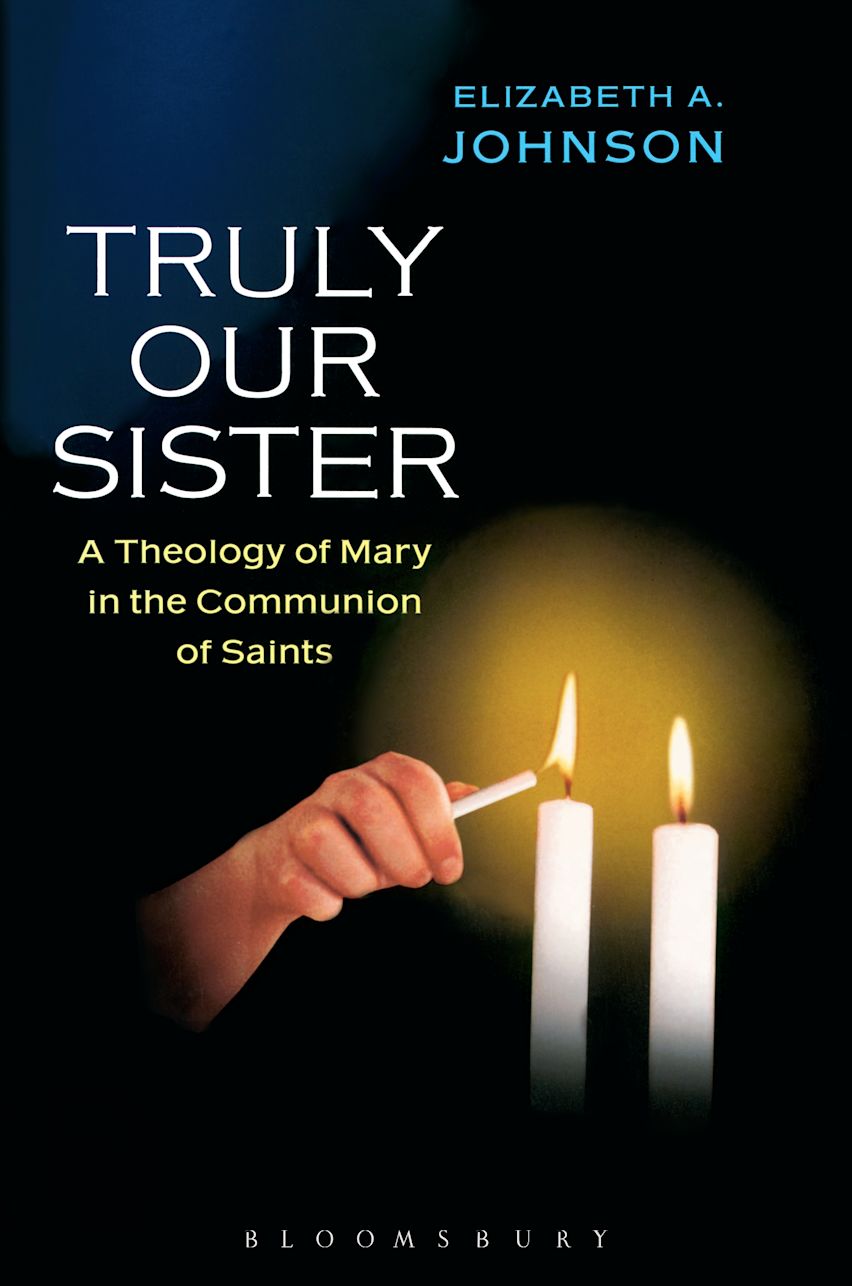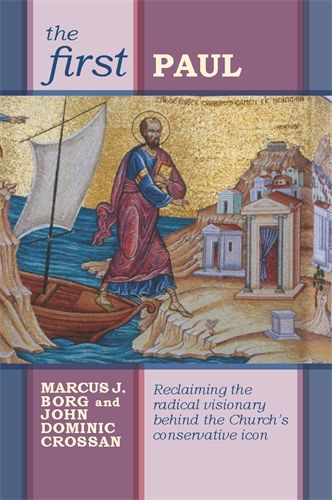With insights from the Bible, theology, and science, this book offers an invaluable exploration of the history and practice of Christian contemplative prayer.
While prayer is a mainstay of Christian life and practice, contemplative prayer is especially concerned with the disposition of the heart. It is a way of paying attention to God that can change our outlook on the world in which we see ourselves united with Christ, each other, and all creation.
Beginning with biblical examples of this holistic unity, the book then presents the life of the historical contemplative, Symeon the New Theologian, a mystic who embraced these biblical tenets of holistic unity through his practice of contemplation. Woods also considers the contemporary neuropsychological sciences searching for empirical affirmation of the physiological and mental changes that contribute to the experiences of contemplatives. Finally, he turns to Christ’s death and resurrection, specifically focusing on the contemplative’s death to “self” and the resurrection-like breakthrough that can result from the practice of contemplation.
James E. Woods is a pastor within the United Methodist Church. He holds a Doctor of Ministry from Perkins School of Theology and is the director of the Center for Transformative Prayer, an institute whose mission is to expose parishioners to the contemplative aspects of faith via education, seminars, and experiential immersion. He also serves as a faculty member for the Certification in Spiritual Direction program at Perkins School of Theology and devotes five to six weeks each year living at the Cistercian-Trappist Assumption Abbey in Ava, MO.

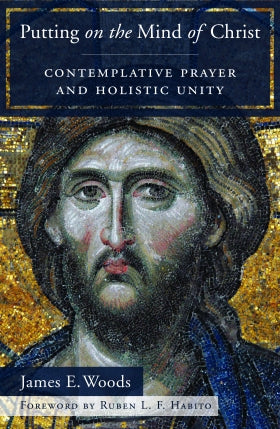
 Back
Back
